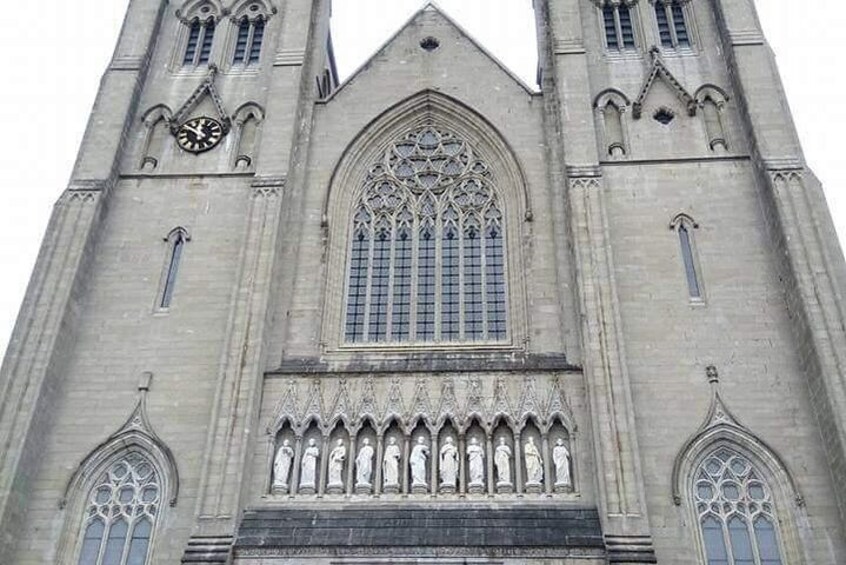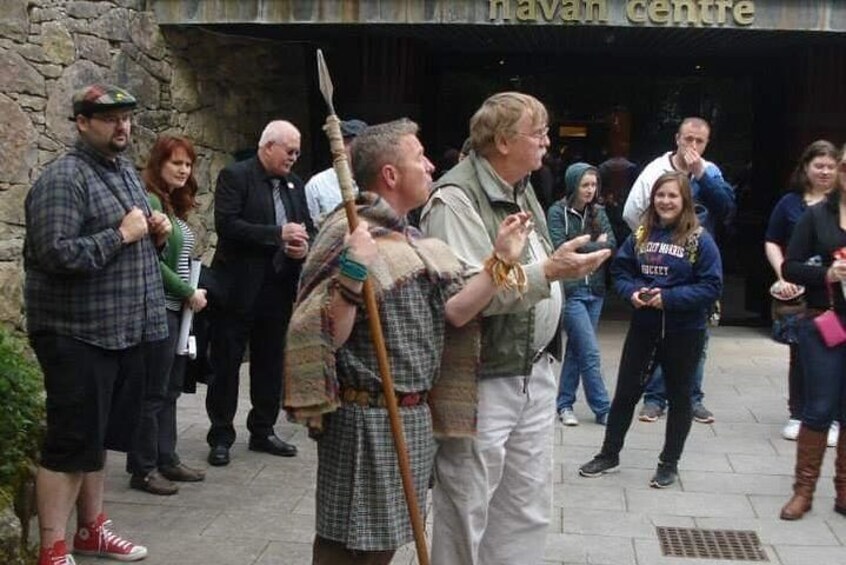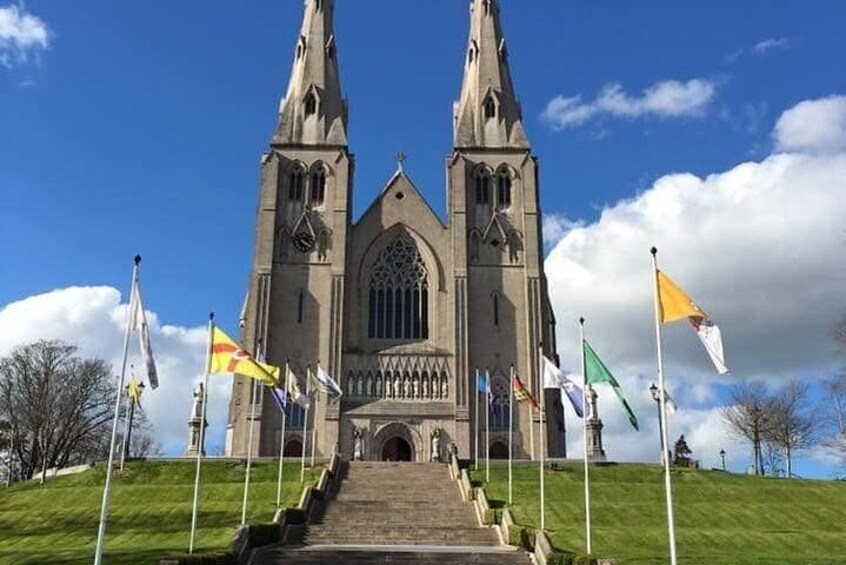Members save 10% or more on over 100,000 hotels worldwide when you’re signed in





County Armagh Private Day Tour From Belfast Navan Fort Celts
Features
- Free cancellation available
- 8h
- Mobile voucher
- Skip the line
- Instant confirmation
- Selective hotel pickup
Overview
Book your Private Tour and get off the beaten track away from all the usual tourist areas, this tour would suit visitors who have been here before and seen all the usual sights, History buffs will love this tour! Prepare to be Amazed by County Armagh Aka “The Orchard County!” Navan Fort is an ancient ceremonial monument and According to tradition it was one of the great royal sites of pre-Christian Gaelic Ireland and the capital of the Ulaidh (Ulster). Armagh is the the ecclesiastical capital of Ireland and we will visit the Two spectacular Cathedrals where the last high king of Ireland Brian Boru is buried as well as immersing yourself in history and Irish culture, this Private led Tour is a Completely Unique Experience and is led by a Professional Guide who is also a Historian.
Activity location
- Navan Centre & Fort
- 81 Killylea Road
- BT60 4LD, Armagh, United Kingdom
Meeting/Redemption Point
- Navan Centre & Fort
- 81 Killylea Road
- BT60 4LD, Armagh, United Kingdom
Check availability
County Armagh Private Day Tour From Belfast Navan Fort Celts
- 8h
- English
Pickup included
What's included, what's not
- Private transport
- Optimize your time with hassle-free return transfer from your Hotel or Cruise Ship!
- Gain intimate insight into Armaghs history and culture from your guide
- Benefit from the personalised service and itinerary of a private tour
- Learn more about the city’s former conflict from your guide
- Air-conditioned vehicle
- Let your driver handle navigation, leaving you free to admire the city and sights
- Tip for your Guide
- Upgrade to Top of The Range Luxury Mercedes Benz V-Class for £30(Where Available)
- Lunch
- Add extra time to your tour from £50 per hour
Know before you book
- Wheelchair accessible
- Infants and small children can ride in a pram or stroller
- Public transport options are available nearby
- Infants are required to sit on an adult’s lap
- Transport options are wheelchair accessible
- All areas and surfaces are wheelchair accessible
- Suitable for all physical fitness levels
Activity itinerary
Navan Centre & Fort
- 1h 30m
- Admission ticket not included
Armagh County Museum
- 45m
- Admission ticket included
St. Patrick's Cathedral (Roman Catholic)
- 30m
- Admission ticket included
St. Patrick's Cathedral (Church of Ireland)
- 30m
- Admission ticket included
No 5 Vicars’ Hill
- 30m
- Admission ticket included
Crossmaglen
- 1h
Location
Activity location
- Navan Centre & Fort
- 81 Killylea Road
- BT60 4LD, Armagh, United Kingdom
Meeting/Redemption Point
- Navan Centre & Fort
- 81 Killylea Road
- BT60 4LD, Armagh, United Kingdom